A physiologically relevant 3D model to investigate several key aspects of blood–brain barrier dysfunction in Alzheimer’s disease and provide a standardized platform for drug screening.
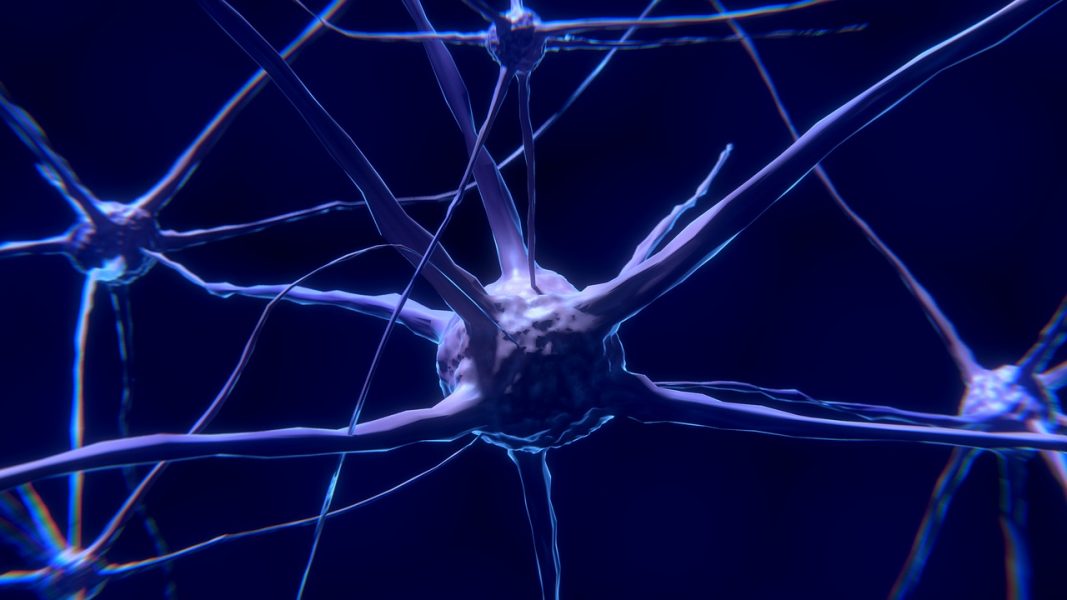


A physiologically relevant 3D model to investigate several key aspects of blood–brain barrier dysfunction in Alzheimer’s disease and provide a standardized platform for drug screening.
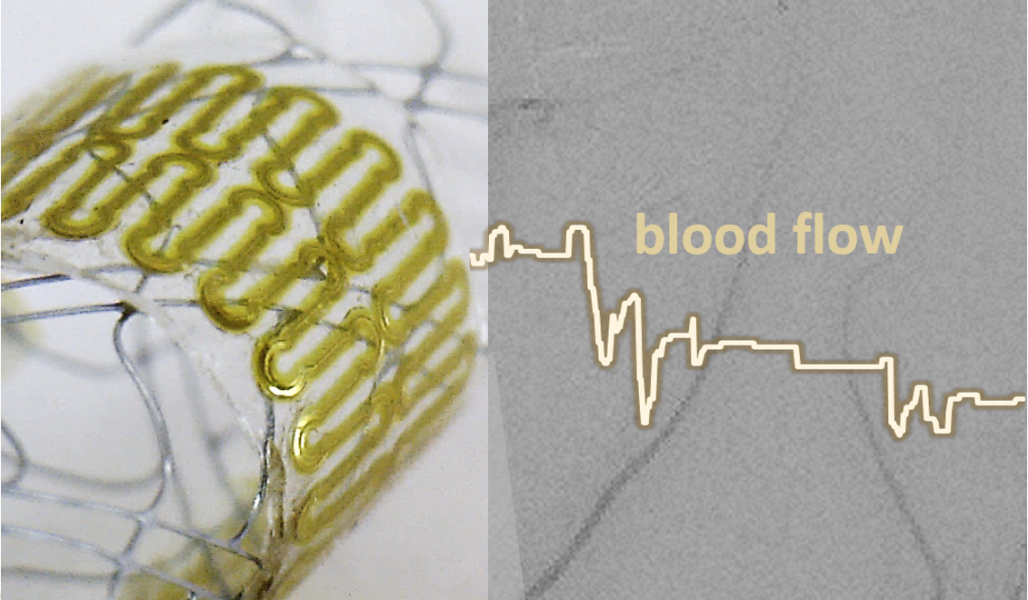
A fully printed, wireless, stretchable, implantable biosystem that offers batteryless, real-time monitoring of cerebral aneurysm hemodynamics is developed.
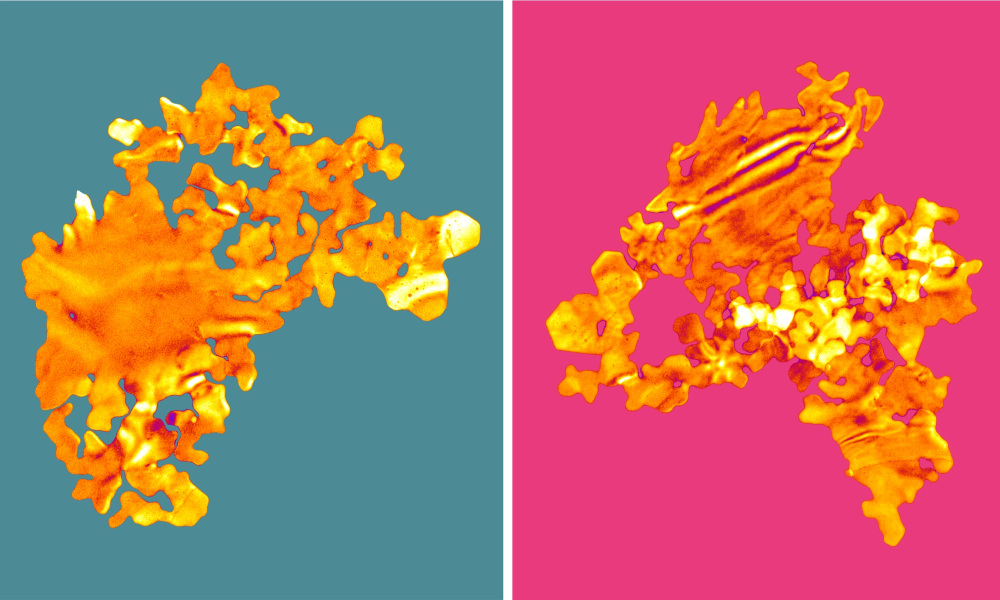
Gold “nanoseaweeds” exhibit high efficiency as heterogeneous nanocatalysts and peroxidase-mimicking nanoenzymes.
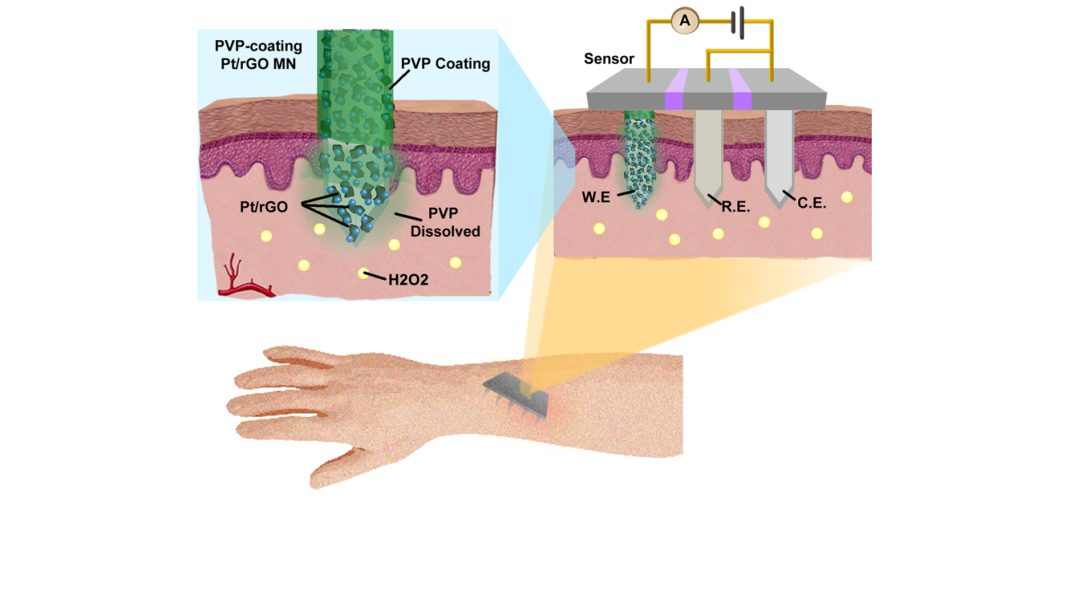
A real-time, in vivo, and minimally-invasive transdermal biosensing system for hydrogen peroxide monitoring is developed.
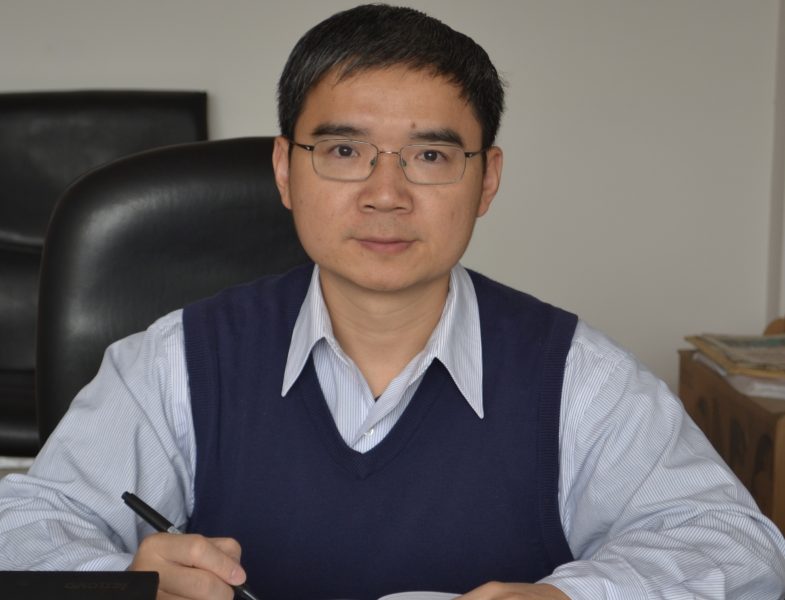
Tao Deng shares his personal motivations, inspirations, and excitement for future research discoveries.
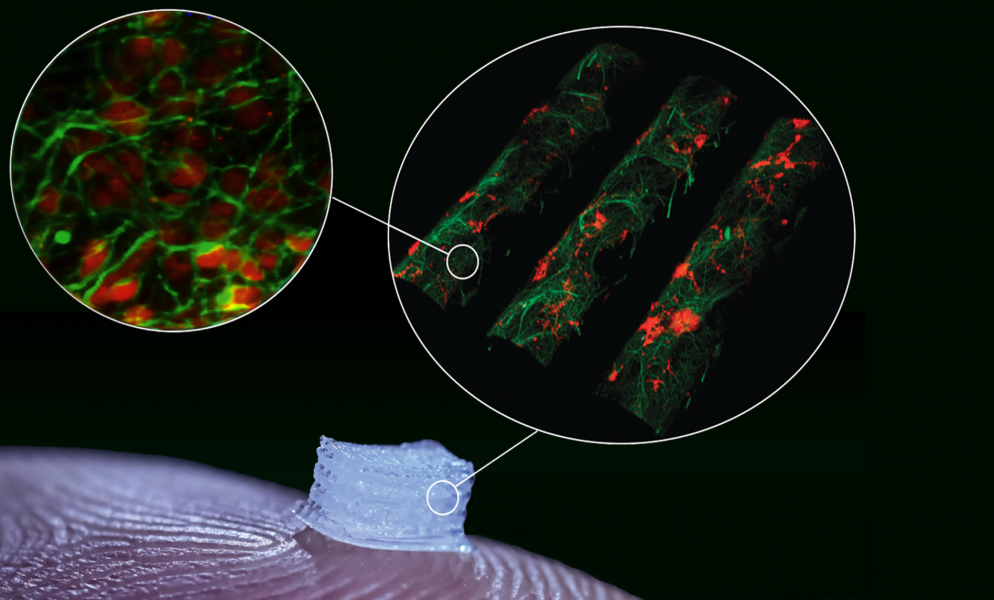
A 3D printing approach for precise cell placement on tissue engineered scaffolds is developed.

The controlled crystallization of active pharmaceutical ingredients in supramolecular metallogel media using tannic acid is reported.
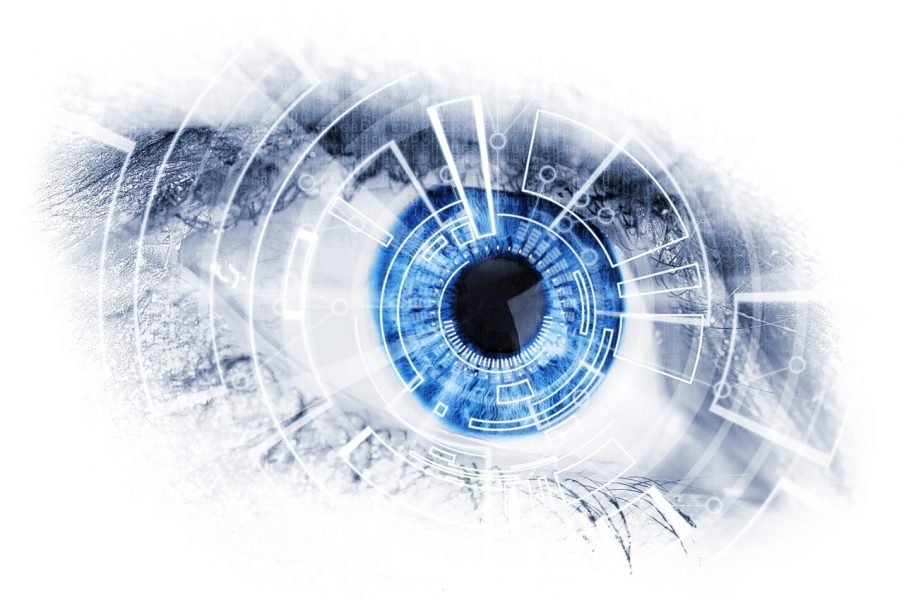
A transparent and breathable microfluidic contact lens that could help to diagnose and treat eye disease is developed.

A novel technology to display information on transparent screens offers new opportunities in next-generation electronics, such as augmented reality devices, smart surgical glasses, and smart windows.

A novel, electroluminescent device concept that can emit light in response to the accumulation and distribution of materials on the device surface is developed.